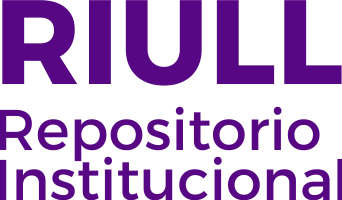Critical Assessment of the Nanofiltration for Reusing Brackish Effluent from an Anaerobic Membrane Bioreactor
Date
2018Abstract
In this study, a saline effluent from an anaerobic mem-
brane bioreactor was treated by nanofiltration in order to
allow its agricultural reuse. Short-term tests were conducted
to investigate membrane fouling and selective rejection of
ions and emerging organic contaminants (EOCs). The study
has been conducted with a negatively charged commercial
thin-film composite membrane (DK, GE Osmonics). The effect
of operating pressure (5–20 bar) and cross-flow velocity
(0.12–0.37 m/s) on membrane performance have been
researched. Dimensional analysis of steady permeate flux
indicated that the gel layer or the polarization layer can be
completely removed at critical cross-flow velocity. At a sub-
critical velocity, membrane autopsies by scanning electron
microscopy (SEM) and energy dispersive X-Ray spectroscopy
revealed a complex mixture of organic matter, phosphates
and colloidal silica over the membranes surface. Since the
rejection of monovalent cations (76–88%) was lower than
that of multivalent cations (above 96%), the treated effluent
was characterized by a very high levels of sodium adsorption
ratio and ammonium. In addition, moderate rejection of
low molecular weight EOCs (clofibric acid and caffeine) was
observed. Therefore, the treated effluent did not achieve
enough quality to be reused for agricultural irrigation. VC
2017 American Institute of Chemical Engineers Environ
Prog, 37: 383–390, 2018
During the last decade, interest in the application of
nanofiltration in wastewater treatment has grown in
response to stringent water quality standards and increasing
concern about the presence of emerging organic contami-
nants (EOCs). Nevertheless, information remains scarce
about membrane fouling and EOCs rejection. The current
research addresses these issues during its application to a
brackish effluent from an anaerobic membrane bioreactor to
be reused for agricultural irrigation. Dimensional analysis
has allowed establishing the optimum operation conditions
in terms fouling control. As regard of EOCs rejection, low
molecular weight compounds were not completely retained
by the membrane.





